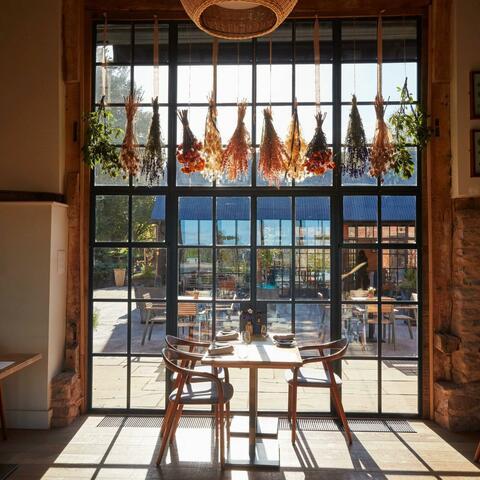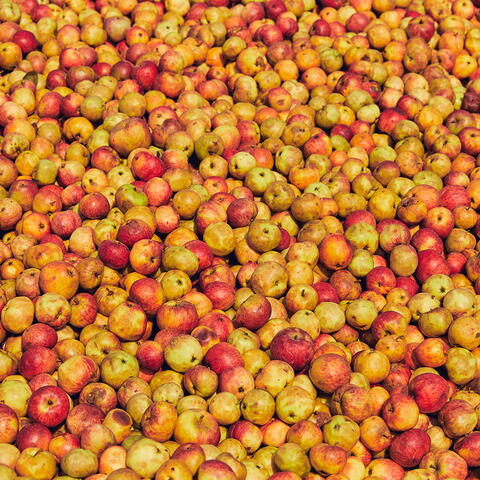Home of the Herefords
From humble beginnings in our local fields to an internationally-celebrated breed, famed for its fine flavour

The iconic Hereford cattle breed, known for its distinctive white face and deep red coat, is famous worldwide. The breed began locally but can now be found as far afield as the pampas areas of South America to the Steppes of Russia. And across the globe, it’s the beef of choice for discerning chefs and diners. Read on to discover the story of Hereford Cattle.
It’s always a delight to see beautiful Hereford cattle grazing in our green fields. In fact, it is their appetite for grass that makes Hereford Beef so tender and flavoursome. The breed is very much part of the fabric of our countryside and its story starts right here on our local farms.
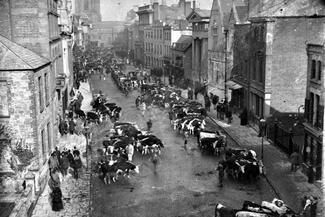
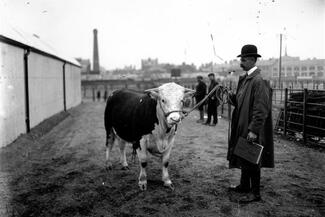
Back in the 17th and 18th centuries, agricultural commentators noted the size, hardiness, characteristics and high quality of the cattle in Herefordshire and surrounding areas. By the end of the 18th century, the white face and deep red coat of the present breed were established, with several local farming families playing an instrumental role in developing the breed.
Little did they know it was soon to become the world’s greatest beef breed with buyers attracted from all over the globe to bull sales in Hereford!
After several show successes and a consistently strong trade, this new breed was cemented and the first herd book of Hereford cattle was published in 1846. Since 1886 the herd book has been closed to any animal with a sire or dam not previously recorded, which means for over 130 years there has been continuous breeding from those first cattle.
A dedicated organisation was then established to ensure the registration and promotion of pedigree Hereford cattle: the Hereford Cattle Society (originally named The Hereford Herd Book Society) was founded in 1878, under the patronage of Queen Victoria.
Meanwhile, the reputation of the breed continued to grow. By the middle of the 20th century, Hereford bull sales would attract myriad nationalities to the city of Hereford, some farmers in their own right and others working as agents, exporting quantities of cattle for individuals abroad. People travelled from all over the world, from Argentina, Uruguay and Chile to Australia and South Africa, and huge sums of money exchanged hands. What would have started as a colloquial meeting of breeders from Herefordshire and the surrounding border counties evolved into a national and international event.
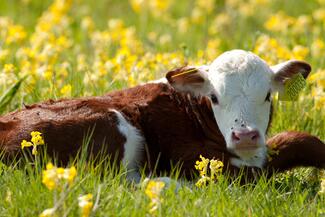
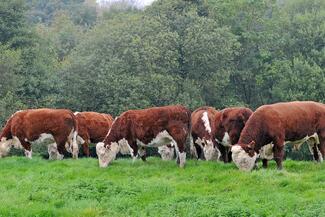
Out of the sale ring, and away from the market, the Green Dragon Hotel on Broad Street in Hereford served as a hub of social excitement and the venue for pre-sale balls. Leading breeders hailed from the county and focused on breeding much shorter cattle, as was the trend at the time.
In the 1970s, continental cattle began to be imported. There was no immediate impact but change came as the UK entered what was then the European Common Market. Reacting to this, the Hereford breed underwent a period of breeding for greater size, much like those early day cattle, and this greater stature and quality of animal is what has ensured that Herefords are back in demand.
The Hereford has been exported to over 120 countries throughout the world, surviving in all climatic conditions. From the pampas areas of South America to the Steppes of Russia, the breed can be found in every inhabited continent in the world and there are now at least 25 countries maintaining their own Hereford cattle records, all relating back to the cattle recorded in those early volumes of the herd book.
The Hereford is widely recognised for its ease of management, including at calving and through its docile temperament. It has excellent forage ability, and produces marbled beef of superior quality. Being grass fed means it unlocks environmental and health benefits, such as higher levels of omega-3 content.
So when you are looking to buy your next piece of beef, check its British, and then make sure it’s Hereford.
With thanks to Hereford Cattle Society for this article.

